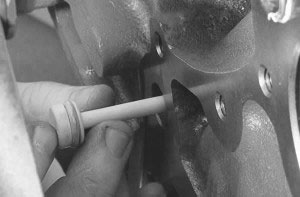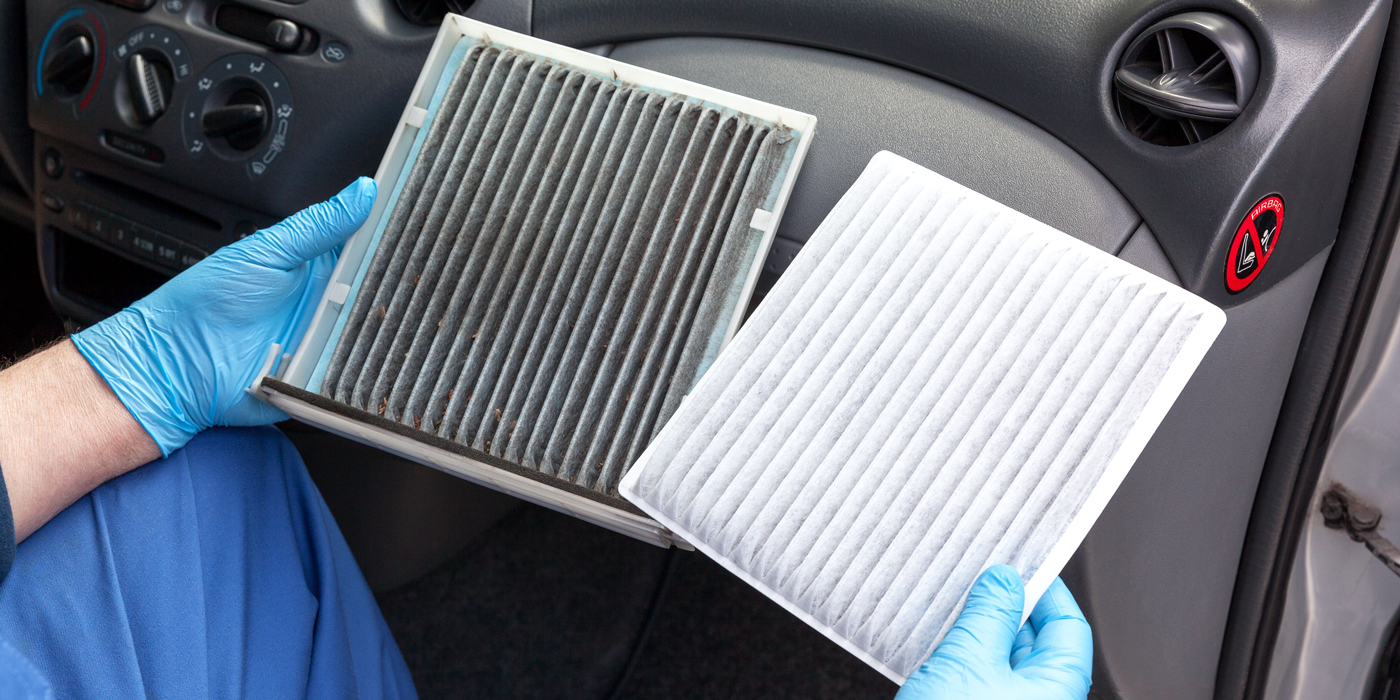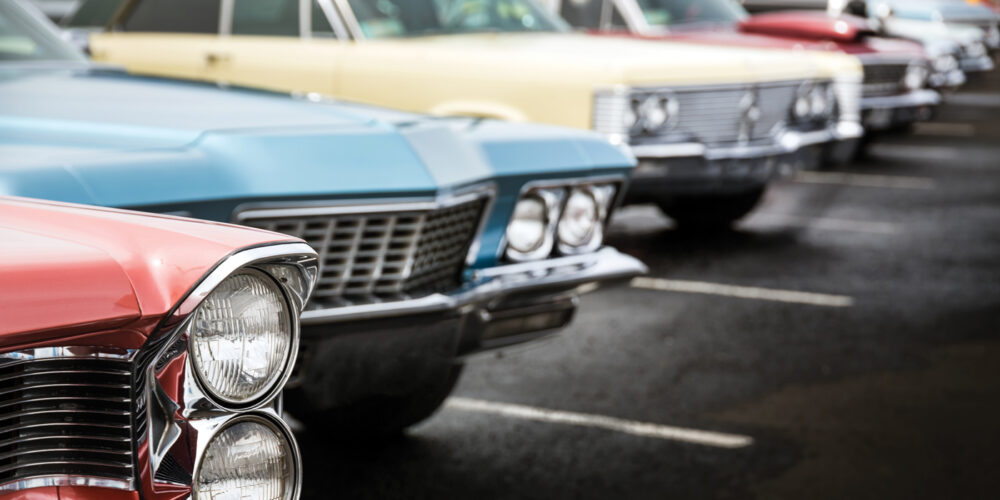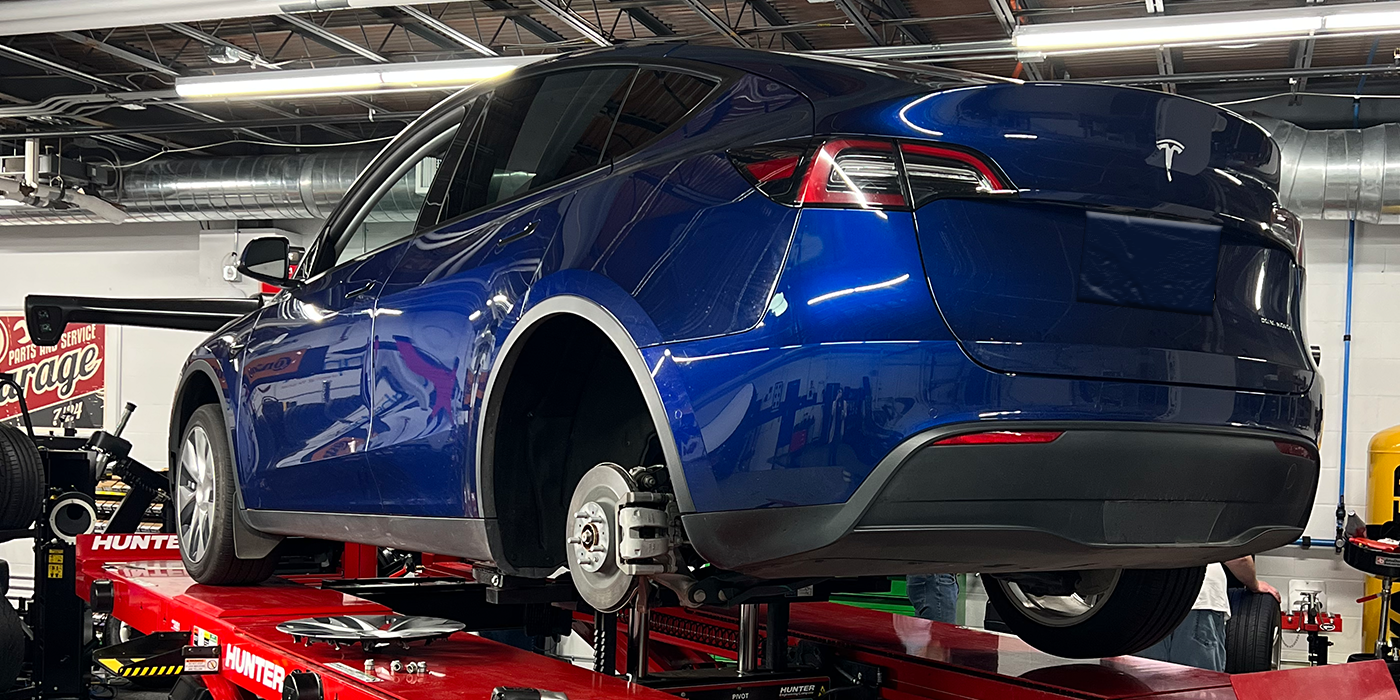Factory stock engine blocks were designed to be mass-produced economically and to operate in a passenger car environment. Original equipment oiling systems are typically restrictive and feed oil to the top of the engine first. The common practice has been to use a high-volume oil pump to offset these shortcomings and help the main bearings get more oil to survive.
Dart aftermarket blocks have been designed with a less restrictive oil system, which feeds oil to the main bearings first; a “priority main” oiling system. Many of us in this industry are inclined to use a high-volume oil pump due to history. However, this causes excessive oil to the top of the engine. Restrictors are then used in the lifter galleys to reduce the amount of oil to the top.
Modern lifter designs typically have small oiling orifices, which restrict the oil reaching the top of the engine. Using a standard-volume oil pump with current lifter designs and the Dart priority-main oiling system eliminates the need for restrictors, simplifying engine assembly and taking the guess work out of oiling system design.
Using a standard oil pump and today’s lifters, without restrictors, makes engine assembly easier and eliminates the guess work of determining restrictor size.
Tech Tip courtesy of Dart Machinery.













